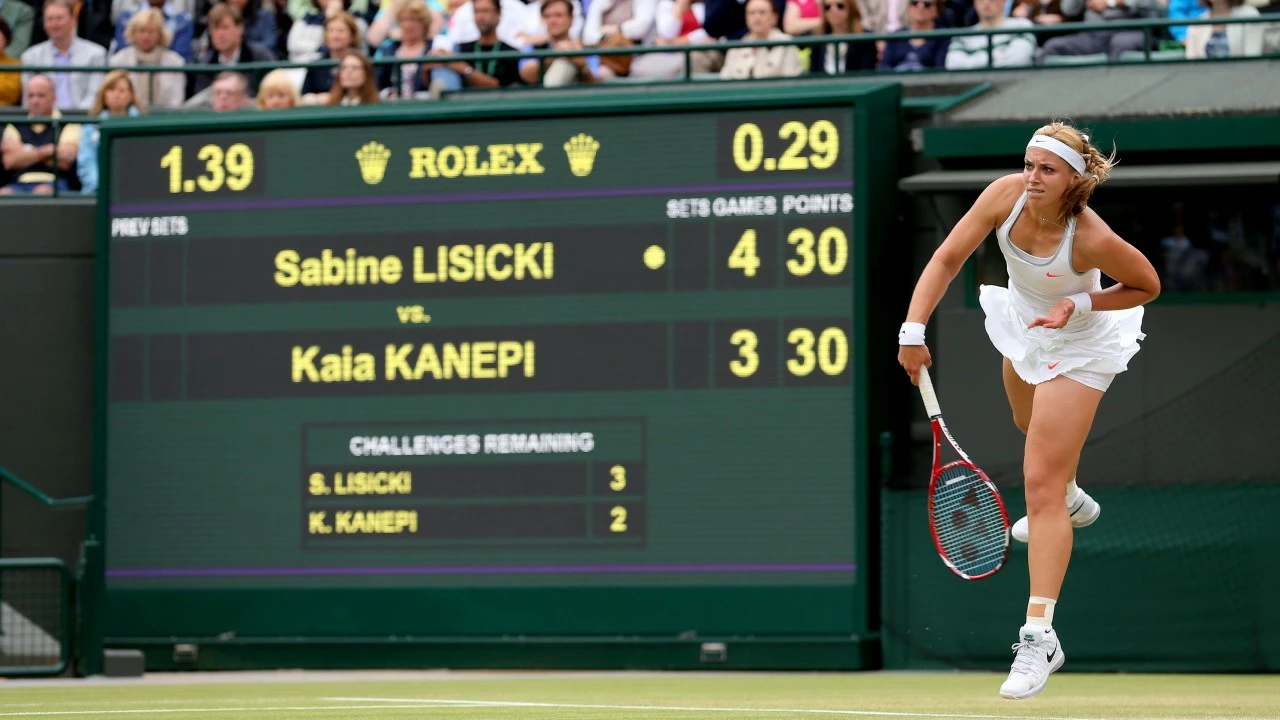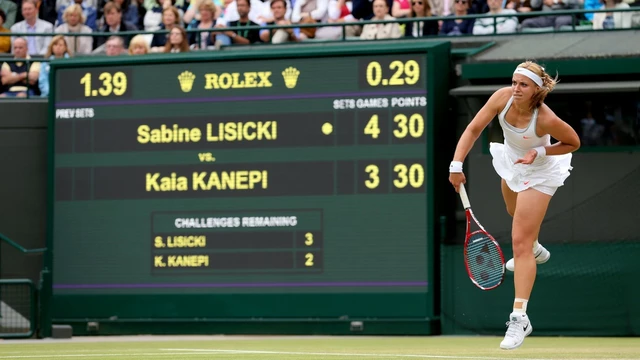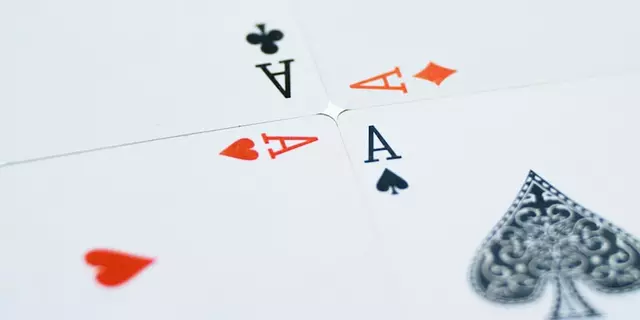
Why Tennis Scores Are So Weird - Between Letters?
Exploring the Unusual Numerical System of Tennis Scoring
Have you ever wondered why tennis scores are so weird? When you watch a tennis match, you’ll hear scores like “15-30” or “40-Love”. It doesn’t make much sense at first why the numbers are not in order or why they’re expressed with the letter “love” instead of a zero.
Tennis is one of the few sports that uses a unique numerical system to score the game. Instead of a standard 0-10 point system, the game is scored in increments of 15, 30, and 40. The game starts with a score of 0-0 or “love-love”, and each player tries to reach the score of 40-40 or “deuce” by winning points. When one player reaches 40 points, the score is said to be “advantage” for that player.
The reason why tennis uses this strange numerical system is because it dates back to the 15th century in Europe. The game was popular among royalty and the upper class, and they used the numbers 15, 30, and 40 to represent the amount of points they had scored. The term “love” was used to describe a score of zero, which is thought to have originated from the French phrase “l’oeuf”, which means egg. The term was used to describe the shape of a zero, which resembles an egg.
Tennis is not the only sport that uses this numerical system. Volleyball, badminton, and squash all use the same system, as they all evolved from the same game. The system is also used in some forms of cricket and other racquet sports.
The numerical system of tennis scoring is a great example of how the game has evolved over time. It’s also a reminder of the sport’s roots in 15th century Europe and its popularity among the upper class. While the system may seem strange to some, it’s still an important part of the game and one that adds to its unique charm.
Unraveling the Mystery of Tennis Score Letters: What Do They Mean?
If you’ve ever watched professional tennis, you’ve probably noticed the mysterious letters used in scoring. Whether it’s “AD” or “BP”, these abbreviations can seem confusing. But what do they mean?
The letters used in tennis scoring aren’t some secret code – they’re actually quite straightforward. The most common letters used are “AD”, “BP”, and “V”. “AD” stands for “advantage”, and it indicates that one player has a slight advantage over the other. “BP” stands for “break point”, and it indicates that one player is one point away from winning the game. Finally, “V” stands for “victory”, and it indicates that one player has won the game.
Apart from these letters, there are a few other abbreviations used in tennis scoring. “DE” stands for “deuce”, which is a term that is used when the score is tied at 40-40. “SA” stands for “set advantage”, and it indicates that one player is one point away from winning the set. Finally, “SM” stands for “set match”, and it indicates that one player has won the set.
So why do tennis players use letters to score, rather than just numbers? The answer lies in the way tennis is scored. Unlike other sports, where the score is kept track of in points, tennis is scored in terms of games, sets, and matches. For example, when a player wins a game, they are awarded a “game point”, and when they win a set, they are awarded a “set point”. The use of letters to indicate these points allows players to keep track of the score quickly and easily.
So the next time you watch a professional tennis match, you won’t have to be confused by the letters used in scoring; you’ll know exactly what they mean. The letters used in tennis scoring may not be as mysterious as they seem – they’re actually quite straightforward. So the next time you watch a match, you’ll have a better understanding of what’s going on.






Post A Comment